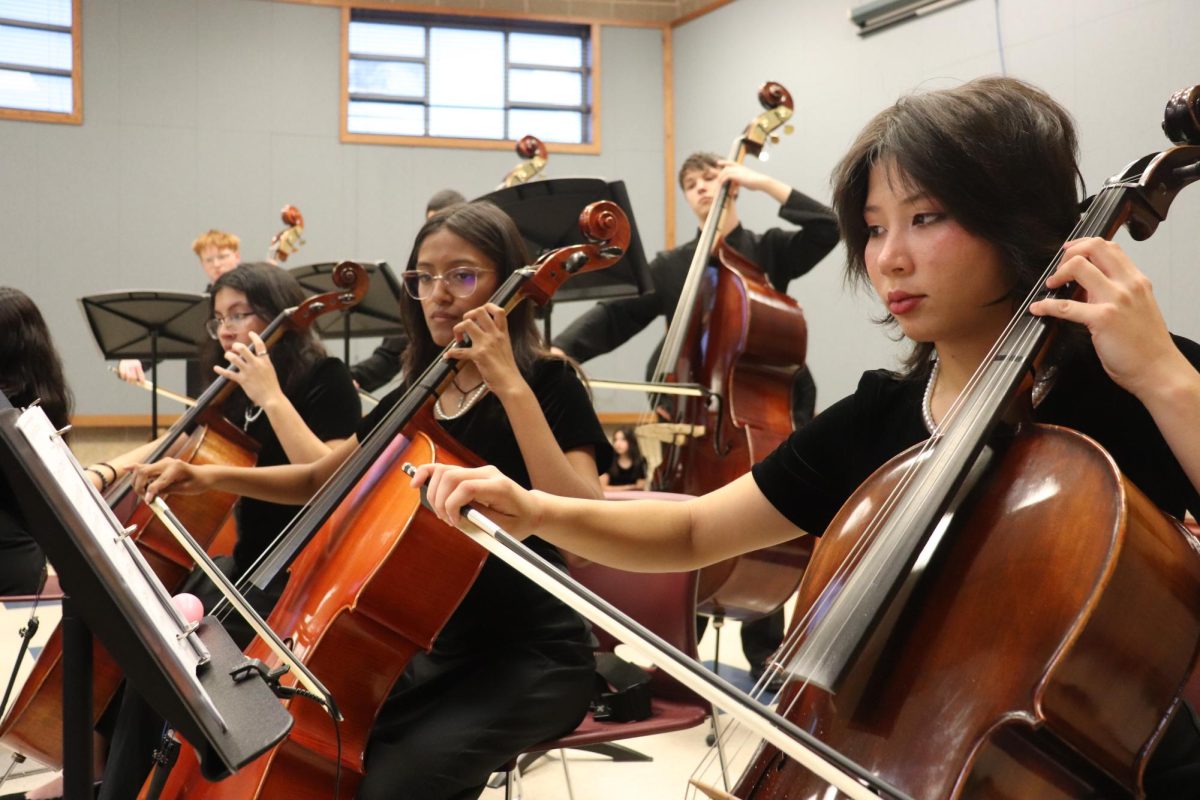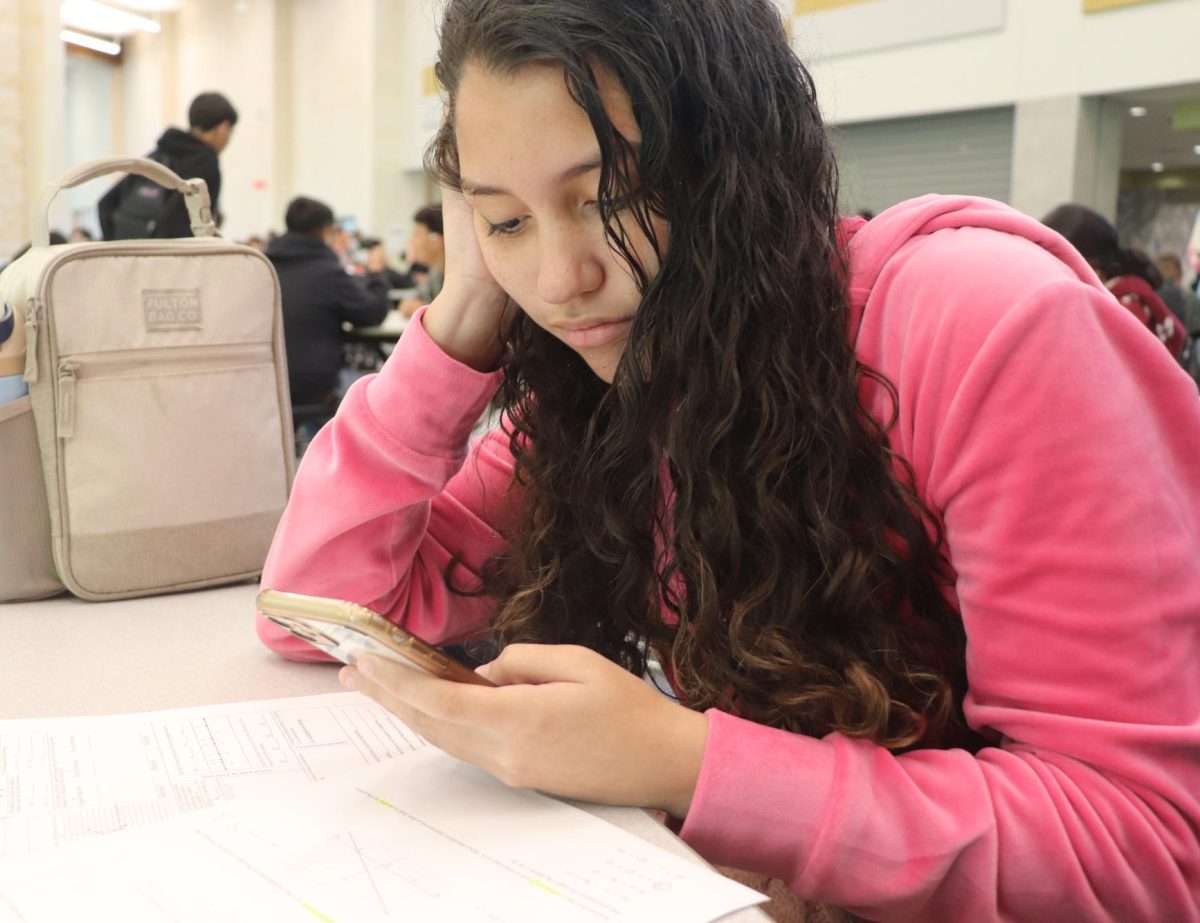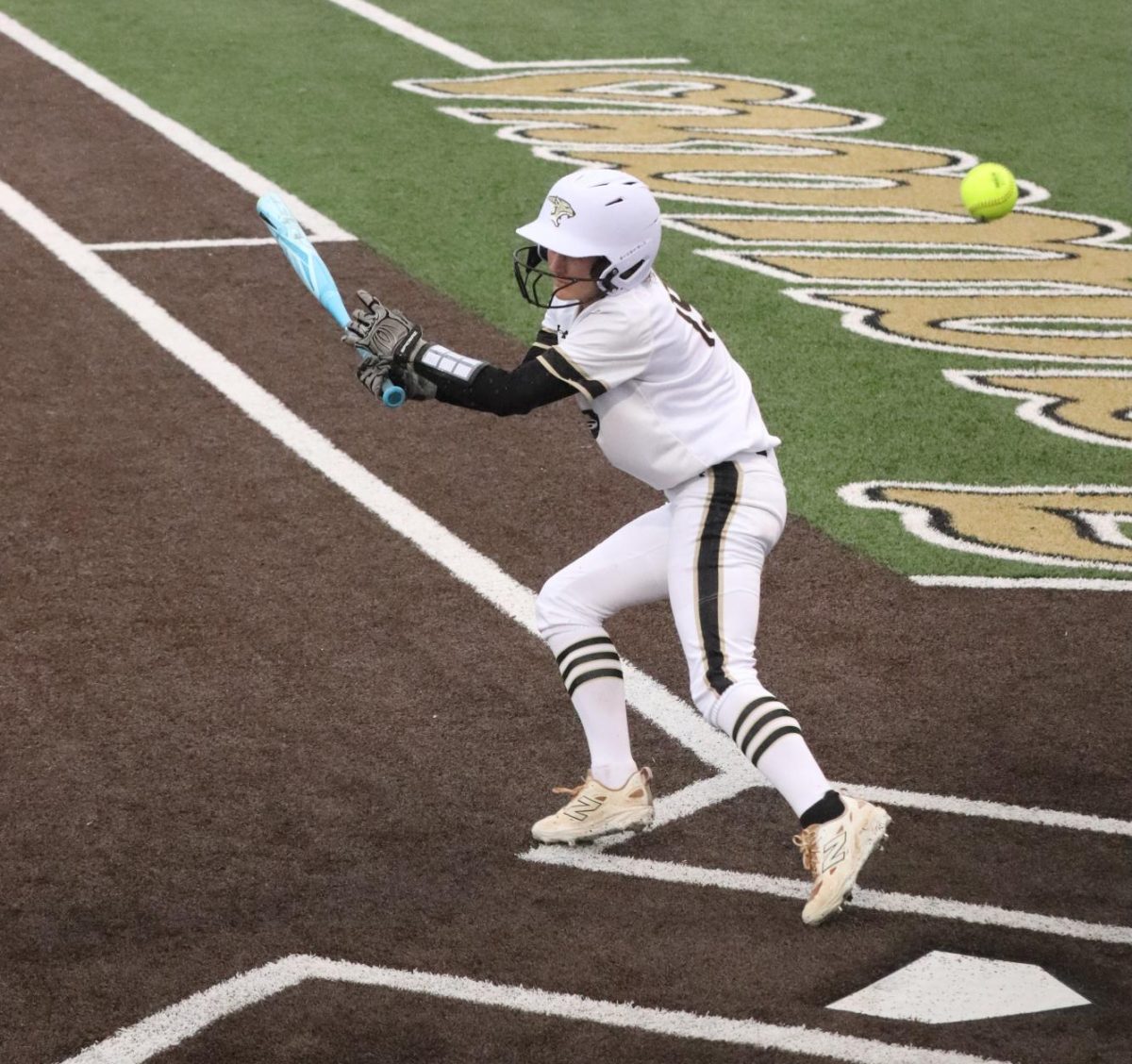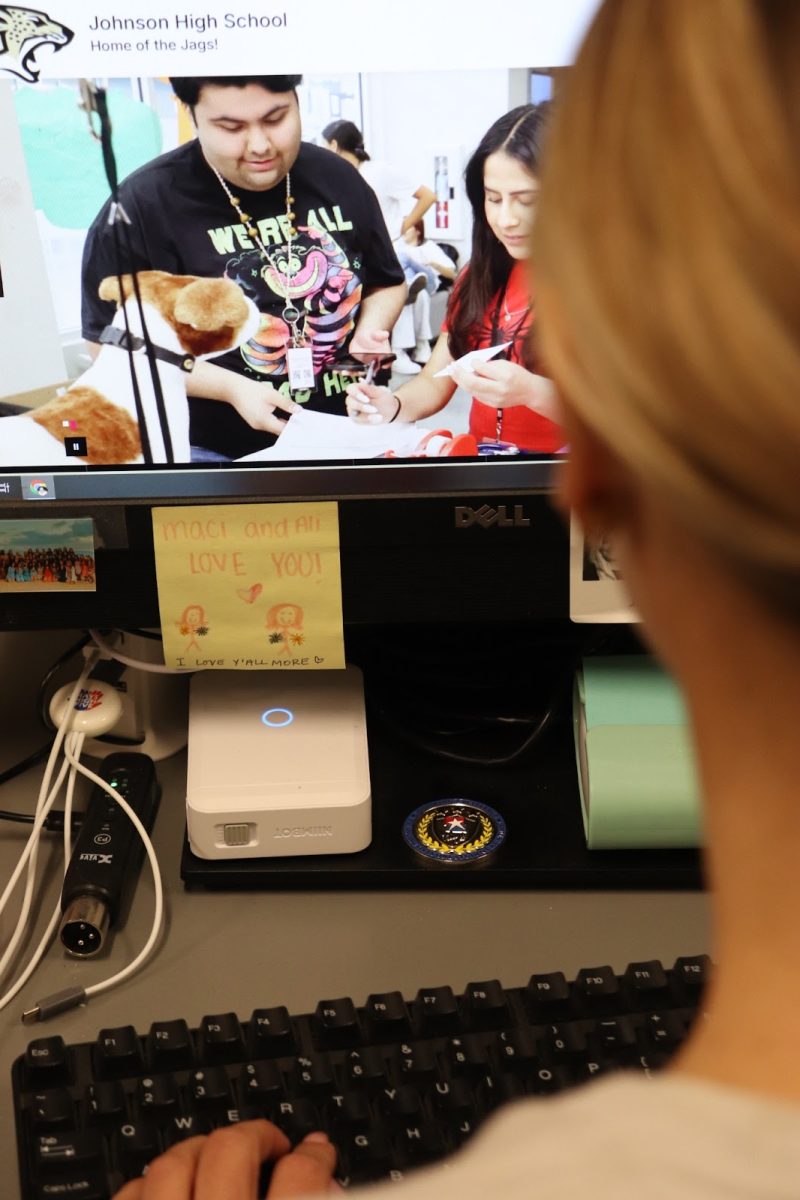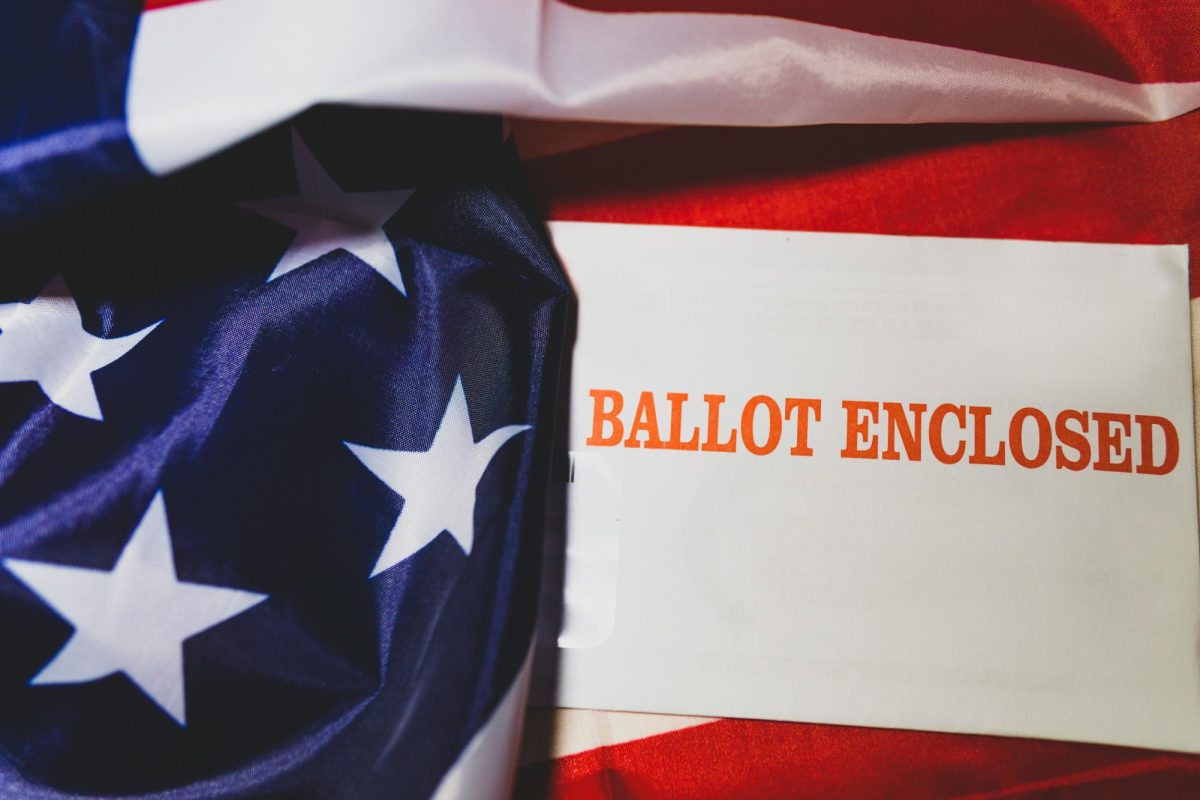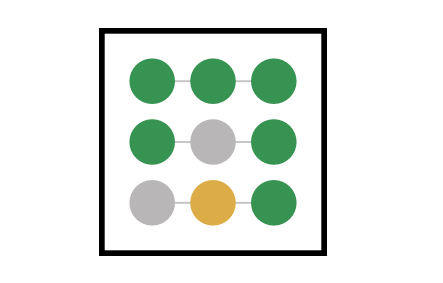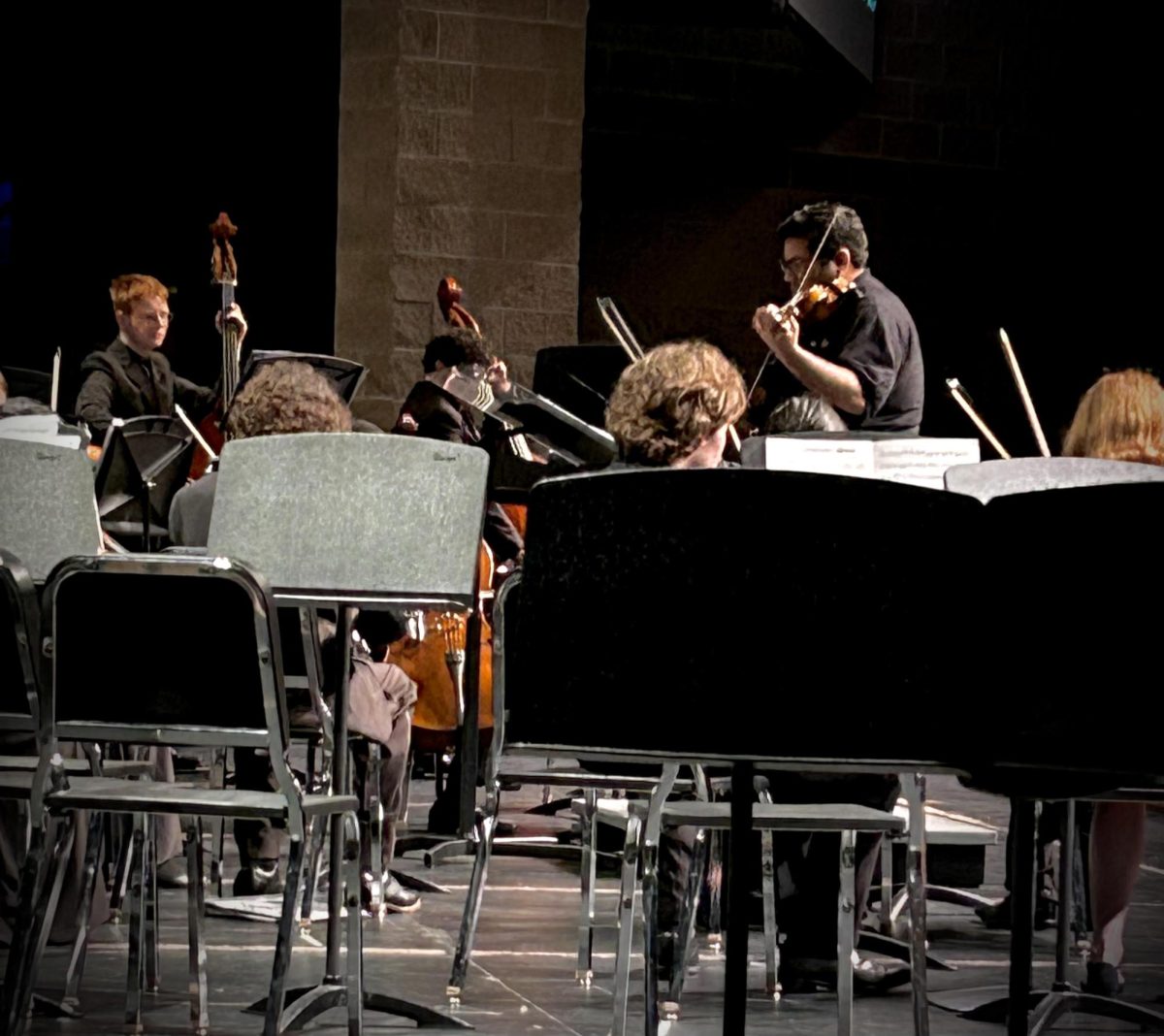Juniors and volunteered sophomores and freshmen took the Preliminary Scholastic Aptitude Test (PSAT) this past Oct. 22 to prepare for the following college-acceptance dependent spring SAT.
The college-readiness assessment was created by the non-profit AP organization, College Board, and was first administered in 1959 to subsequently be adopted as a qualifying test in 1971 for its now main funding source, the National Merit Scholarship Program. Since then, it’s been integrated in American high school systems for measuring student excellence in college-applicable language and math skills.
“I don’t really think the PSAT nor SAT are necessary, in my opinion,” senior Sara Travers said. “It has the same patterns of questions [as the STAAR], so as long as you remember the rules, you’ll do fine. The exam doesn’t really test you for intelligence, but more for memory.”
As of the recent 2024 semester, both sophomores and juniors were required to take the PSAT. However, for this year’s induction, a new rule was implemented that made only juniors obligatory. Any sophomores and freshmen had to opt-in through parent permission and administrative confirmation.
“I find taking the PSAT both years benefitted us in the long run,” junior Adra Webber said. “Just so we know what we’re walking into when we eventually take the SAT, and be already familiarized with it.”
Furthermore, class of 2026 had taken the PSAT all previous three years via school order, begging for some commentary on this flip-flopping of mandatory rule by seniors.
“Personally, I found the extra practice beneficial because it gave me an idea of what the test looked like,” Travers said. “I’m usually an anxious test taker, and being exposed to the test helped me to relax and focus on the questions.”
In contrast with last year’s accommodations, some have complained that no snacks or water bottles were provided within the incorporated 10 minute break on account students were cooped up in their designated classrooms from 8:55 to 11:54 a.m. during exam sessions.
“I didn’t think the testing conditions differed that much from last year’s [PSAT], thankfully,” junior Destiny Woods said. “Only that we weren’t given any food, so for the entirety of it we were pretty hungry.”
On the upside, students recalled the 2024 PSAT being more challenging compared to this year’s, ultimately estimating and hoping for higher conjoined scores as a result.
“For the English [section] I thought it was harder compared to last year,” junior Brianna Ybara said. “But for the math part I was more prepared. However, this year was easier than last year’s overall.”
Although the 2025 PSAT is regarded highly in view of the SAT, its imperativeness has been questioned by students in speculating its fairness with concerns of colleges that don’t centralize SAT scores in application acceptances, and on why it’s required when not everyone is planning for a college-education.
“The PSAT is necessary because, like I said, we need practice for the SAT,” Woods said. “Only part of it I find troubling is the fact some colleges don’t even look over your SAT score for applications, so sometimes it feels like a little bit of unnecessary extra work and stress for something that won’t matter in the future.”


